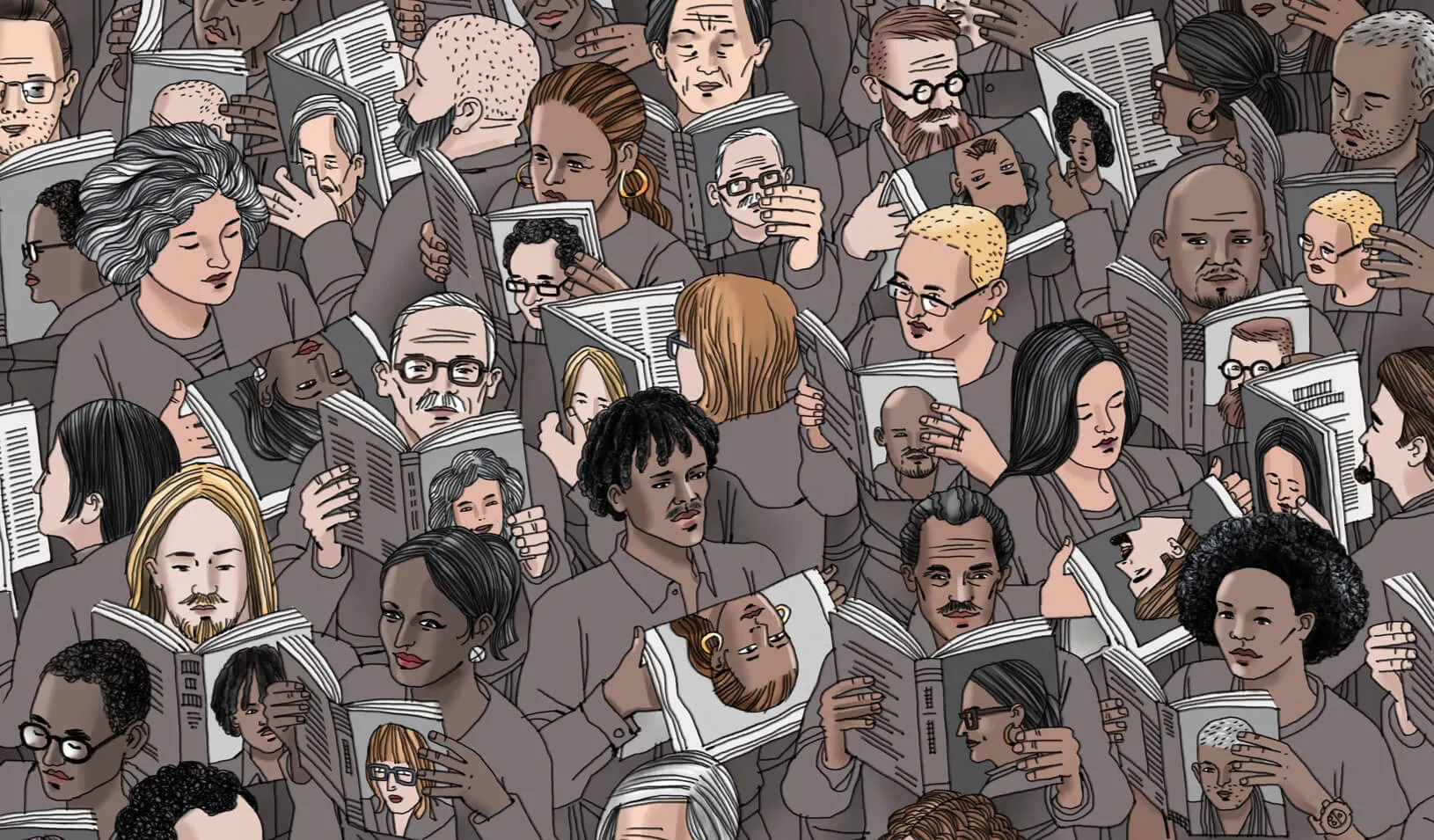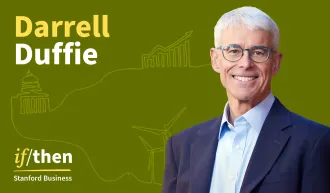How Do You Define “Culture”?
Stanford GSB professors recommend their favorite books and articles related to the concept.
April 19, 2018

What does the term “culture” really mean? | Illustration by Jorge Colombo
The Spring 2018 issue of Stanford Business magazine focused on the theme of “culture,” as applied to corporations, society, and individuals. For a deeper dive, we asked faculty at Stanford Graduate School of Business to suggest books, articles, and films that explore the theme more broadly. Here are their recommendations.
Shelley Correll, professor of organizational behavior (by courtesy)
Framed by Gender: How Gender Inequality Persists in the Modern World, by Cecilia L. Ridgeway, 2011
“Science Faculty’s Subtle Gender Biases Favor Male Students,” by Corinne A. Moss-Racusin, John F. Dovidio, Victoria L. Brescoll, Mark J. Graham, and Jo Handelsman, Proceedings of the National Academy of Sciences, October 2012
“Radical Change, the Quiet Way,” by Debra Meyerson, Harvard Business Review, October 2001
“The Three Things that Make Organizations More Prone to Sexual Harassment,” by Marianne Cooper, The Atlantic, November 2017
“Would You Really Like Hillary More If She Sounded Different?” by Olga Khazan, The Atlantic, August 2016
Francis J. Flynn, the Paul E. Holden Professor of Organizational Behavior
Shoe Dog: A Memoir by the Creator of Nike, by Phil Knight, 2016
Soul of a New Machine, by Tracy Kidder, 1981
Nir Halevy, associate professor of organizational behavior
Born a Crime: Stories from a South African Childhood, by Trevor Noah, 2016
Americanah, by Chimamanda Ngozi Adichie, 2014
Battle Hymn of the Tiger Mother, by Amy Chua, 2010
Confessions of a Union Buster, by Marty Jay Levitt and Terry Conrow, 1993
Paul Oyer, the Fred H. Merrill Professor of Economics
Independent Work: Choice, Necessity, and the Gig Economy, by McKinsey & Company, 2016
“The Rise and Nature of Alternative Work Arrangements in the United States, 1995-2015,” by Lawrence F. Katz and Alan B. Krueger, National Bureau of Economic Research, September 2016
The Death of Innovation, the End of Growth, by Robert Gordon, TED Talk, 2013
Jeffrey Pfeffer, the Thomas D. Dee II Professor of Organizational Behavior
Working on Empty, a 2017 documentary about how the workplace is making Americans sick and what must change to protect the health of working people
“The Global Expansion of Precarious Employment, Work Disorganization, and Consequences for Occupational Health: A Review of Recent Research,” by Michael Quinlan, Claire Mayhew, and Phillip Bohle, International Journal of Health Services, April 2001
Robert I. Sutton, professor of organizational behavior (by courtesy)
Give and Take: Why Helping Others Drives Our Success, by Adam Grant, 2014
Mastering Civility: A Manifesto for the Workplace, by Christine Porath, 2016
The Power Paradox: How We Gain and Lose Influence, by Dacher Keltner, 2017
For media inquiries, visit the Newsroom.
Explore More

Jensen Huang on How to Use First-Principles Thinking to Drive Decisions

Why Investors Throw Money at Eccentric CEOs



